Are you looking for ways to increase the pressure from your garden hose? If so, then today is your lucky day! In this blog post, we’ll explore all the ways in which you can improve the flow of water through the hose to get that extra boost in pressure. Whether it’s improving weak settings caused by blockages or low-powered joints, or simply increasing performance altogether with specific hardware and accessories – we’ve got strategies to help tackle any issue quickly and easily. Read on for tips on how to maximize hose pressure and enjoy a more efficient sprinkler system!
How to Increase Garden Hose Pressure?
1. Look For Any Leaks
Check the length of your hose for any kinks or punctures that may be causing a leak and reducing pressure. If you find any, replace the damaged section of the hose.
2. Connect A High-Pressure Nozzle
Standard garden hoses have low-pressure nozzles which can reduce water pressure even further. High-pressure nozzles are designed to increase water pressure, allowing you to get more power out of your hose.
3. Inspect The Water Source
The issue might not be with your garden hose itself but instead with the source of water it’s connected to. Make sure there are no blockages in the faucet or pipes leading up to it as these could be restricting water flow and reducing pressure.
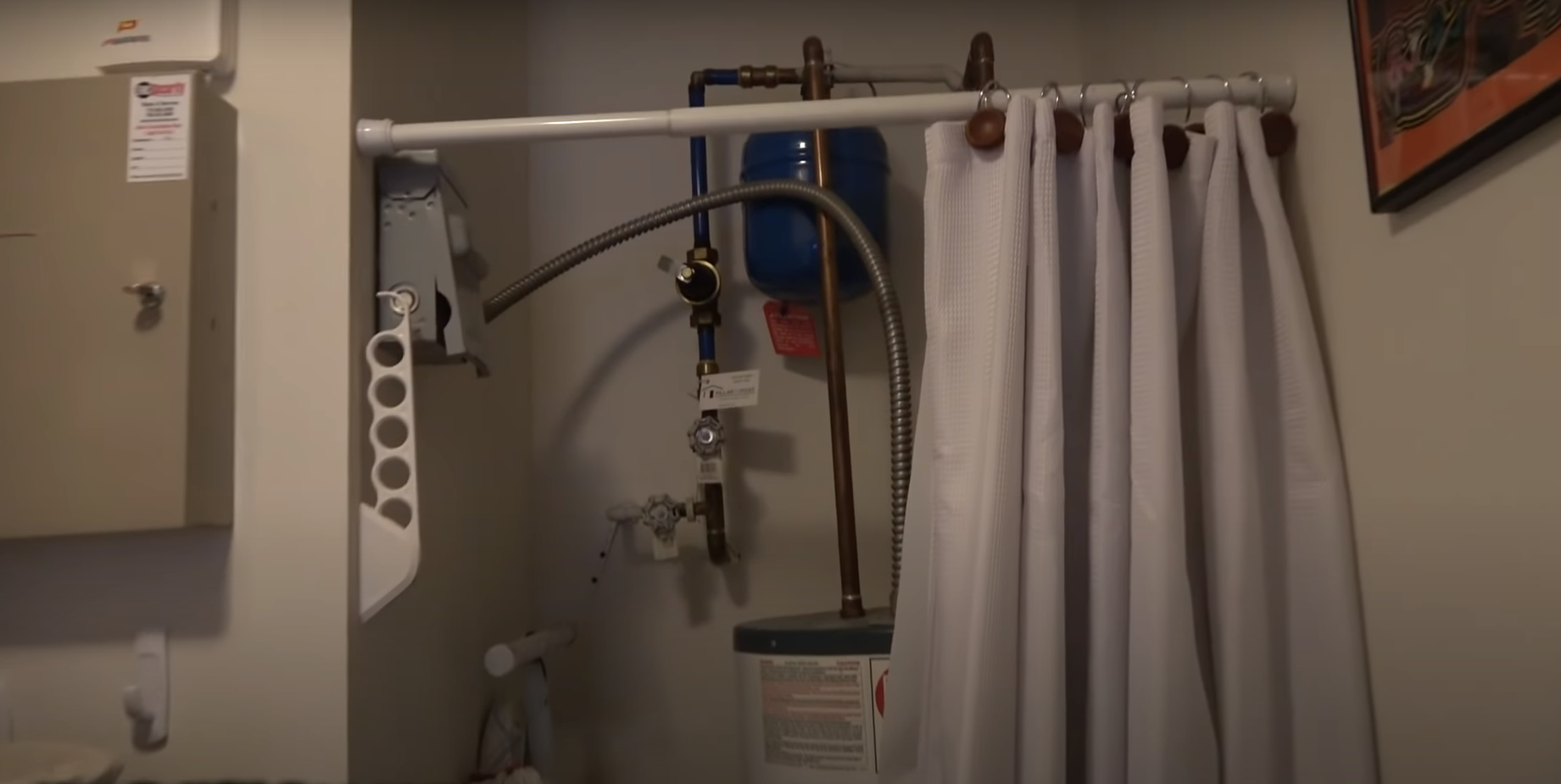
4. Ensure The Hose Is Not Kinked/ Twisted
A kinked or twisted hose will reduce the water pressure in your garden. Check for kinks and untwist the hose as much as possible to help increase the water pressure. [1]
5. Consider Attaching Accessories
If you are still experiencing low water pressure, consider attaching accessories such as a spray nozzle or high-pressure nozzle to the end of your garden hose. This can help increase the pressure of the water coming out of your hose.
6. Ensure There Is No Dirt And Blockages
Check the garden hose for any dirt or blockages that may be causing a decrease in water pressure. Clear out any debris and make sure there is nothing blocking the flow of water through the hose to help improve your hose’s performance.
7. Check The Pressure At Your Main Supply Line
If the pressure is too low, you may need to contact your local water company and inquire about installing a booster pump. Most water companies supply booster pumps free of charge if their service lines are not supplying enough pressure for your needs.
8. Connect A Garden Hose To A Water Pressure Pump
This is probably the most expensive but effective solution to increase garden hose pressure. These pumps are motorized and have a built-in pressure regulator which you can adjust to your desired output pressure. They usually connect directly to a spigot or can be mounted on a wall as well. [2]
9. Utilize A Booster Pump
If you don’t want to invest in an expensive water pump, then purchasing a booster pump may be a good alternative. Booster pumps are designed to boost water pressure from low levels to higher levels, making them ideal for homes with weak water supplies. They are very easy to install and provide reliable results that will last for years.
Major Causes of Low Water Pressure in the Garden Hose
A garden hose is an essential tool when it comes to caring for your garden, but sometimes the water pressure coming out of your hose can be too low. Low water pressure in the garden hose can originate from a variety of causes including problems with the water main line, kinked hoses, blocked nozzles or leaking connections.
- Water Main Line: If you experience lower than normal water pressure in all of your faucets and taps rather than just the one connected to the garden hose, then you likely have a problem with the main water line leading to your home. Damaged or corroded lines can cause obstructions that reduce water flow through them and thus decrease overall pressure throughout your house’s plumbing system.
- Kinked Hose: A hose that is curved or bent too sharply will not be able to pass water through it as efficiently and may become partially blocked which can reduce the pressure of the water coming out of it. Make sure your garden hose is straight and untangled so that there are no unnecessary kinks reducing its flow rate.
- Blocked Nozzles: If the nozzle at the end of your garden hose becomes blocked, then you may experience lower than normal water pressure as well. This blockage could be caused by dirt, debris, or minerals in the water line itself blocking off part of the nozzle’s opening and thus preventing a steady stream from flowing out freely. You can check for this problem by unscrewing the nozzle and cleaning it out with water or a soft brush.
- Leaking Connections: Finally, if you notice lower than normal pressure coming from your garden hose, then check for any loose fittings or connections which may be causing it to leak.
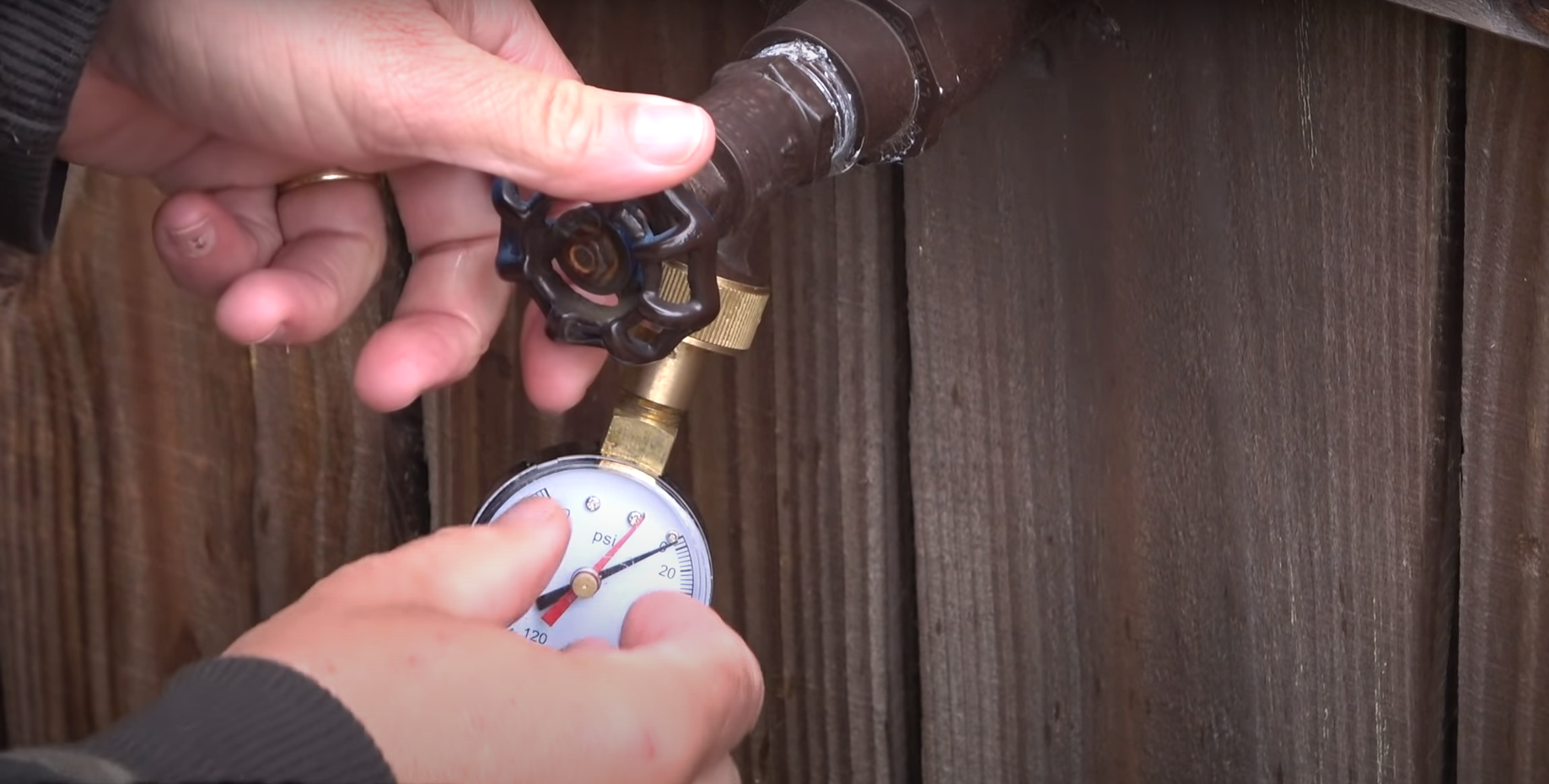
For example, if the connector between your spigot and your hose is not properly tightened, then the water will slowly escape out of these openings rather than going into the hose itself and providing you with adequate pressure when using it. Tighten all of these components as needed
to ensure that no leaks are occurring which would reduce your overall water pressure. [3]
By addressing each of these potential causes of low water pressure in the garden hose, you can quickly get your water flow back up to full strength and have it running smoothly again.
Will A Smaller Hose Increase Water Pressure?
In short, no. A smaller hose will not increase water pressure but can reduce it. This is because a small hose has less water flow capacity than a larger one; if you try to push the same amount of water through both sizes, the smaller one will be forced to move the same amount of water faster than the bigger hose which may cause your garden hose pressure to actually decrease.
Finally, you may want to consider adding a garden hose booster pump or pressure regulator to your system. A booster pump increases the pressure by pushing more water through the system, while a pressure regulator does the opposite and decreases the amount of water that passes through in order to maintain an even output pressure. Both devices are relatively affordable and easy to install, making them great solutions if you need to increase garden hose pressure.
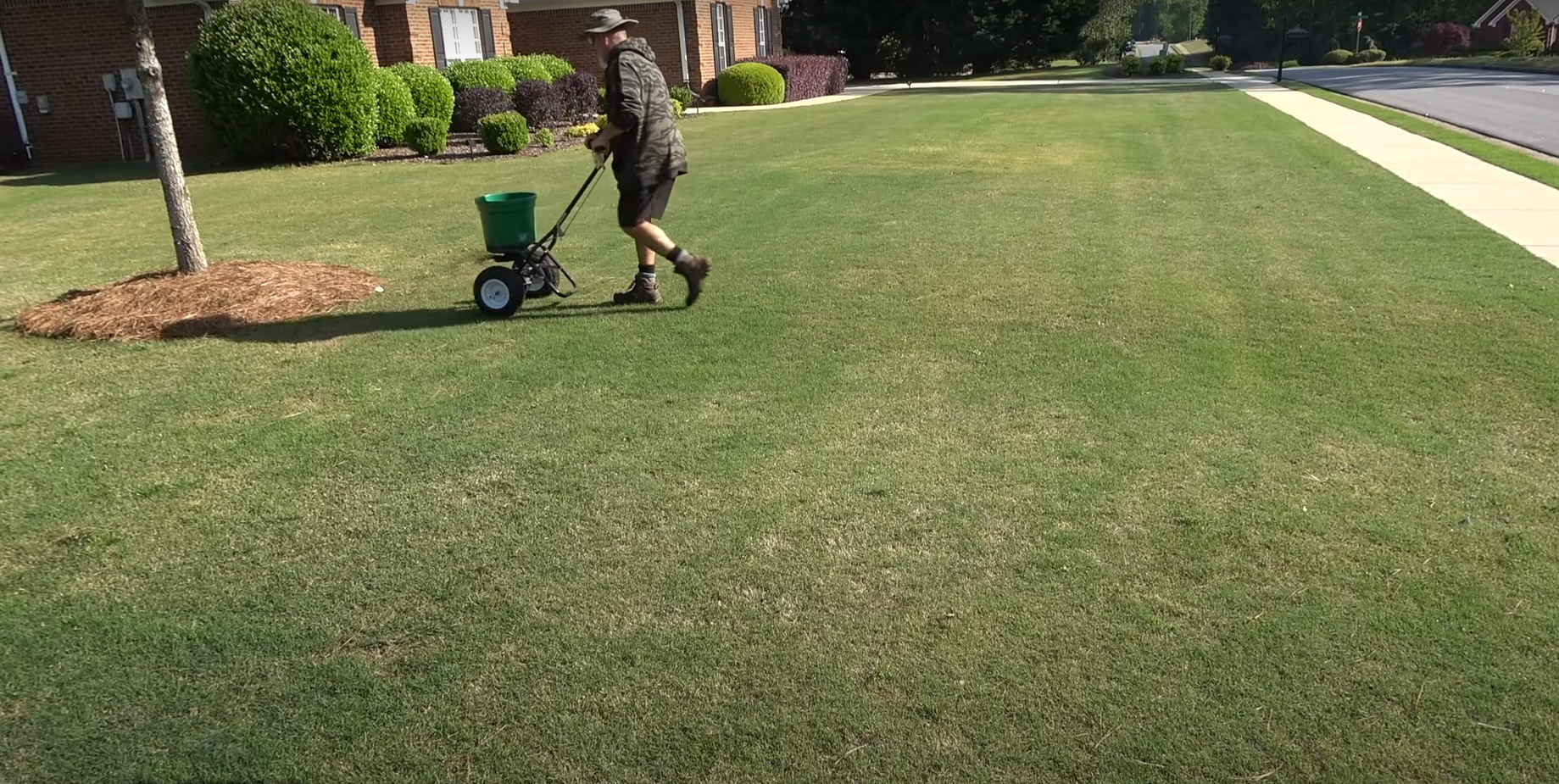
Will Increasing The Pipe Size Increase The Water Pressure?
In most cases, increasing the size of the pipe will not increase the water pressure. This is because larger pipes create more friction which slows down the flow of water. Furthermore, in some cases, increasing the pipe size can even decrease pressure as it decreases velocity under certain circumstances. Instead, if you want to increase garden hose pressure, there are a few other options worth considering.
One way to boost your garden hose’s water pressure is to install a high-pressure nozzle. High-pressure nozzles are designed with an adjustable output setting that allows users to control how much force and power they want their sprayer to generate. Additionally, these nozzles reduce turbulence which further improves water flow rate and helps conserve energy.
Are Water Pressure Regulators Adjustable?
Yes, water pressure regulators are adjustable. The regulator is usually located near the main water supply or along the hose line. It is a device that controls the amount of pressure in the system and can be adjusted to provide more or less water flow from the hose. Adjusting this device will directly affect garden hose pressure, so ensure it’s set properly before attempting other methods of increasing garden hose pressure. If you need to adjust your regulator, consult your product manual for specific instructions on how to do so safely and correctly.
Once you’ve determined that all valves are open and that pressure is correctly adjusted with the regulator, there are a few other methods of increasing garden hose pressure. Check for any blockages in the line; ensuring no kinks or bends in the garden hose could help improve pressure. You may also want to try replacing any worn or old fittings on your hoses which could be restricting water flow. [4]
Finally, ensure that all valves throughout the system are opened fully in order to maximize water flow and pressure. Following these steps should help increase garden hose pressure so that you can make the most of your garden watering system.

Pros and Cons of a Garden Hose Pressure Booster
A garden hose pressure booster can be extremely helpful in increasing the water pressure of your hose, allowing you to effectively spray plants and clean surfaces. However, it is important to consider the pros and cons before making a decision about purchasing one.
Pros:
– Increased water pressure means better reach for watering plants or cleaning outdoor surfaces.
– Garden hose pressure boosters are relatively inexpensive compared to other methods of increasing garden hose pressure.
– Garden hose pressure boosters are easy to install and use.
Cons:
– Some garden hose pressure boosters may cause excessive strain on hoses that aren’t designed for higher pressures, potentially causing them to break or leak easily.
– If not installed correctly, garden hose pressure boosters can cause water to spray in multiple directions, potentially causing damage.
– Garden hose pressure boosters don’t always provide the same pressure level as that of a higher-powered garden pump or motor.
Ultimately, it is important to weigh the pros and cons of a garden hose pressure booster carefully before deciding whether it is right for your needs. If you decide a booster is necessary, be sure to purchase one with appropriate ratings and safety features and take all necessary precautions when installing it. With proper care, a garden hose pressure booster can be an effective solution for increasing water output from your garden hose! [5]
FAQ
Is there a way to increase garden hose pressure?
Yes, there are several ways to increase garden hose pressure. One of the easiest is to attach a high-pressure nozzle that can be adjusted for more power. Additionally, you can use a pressure regulator or an inline booster pump to regulate and increase the water pressure in your garden hose. Another solution is to install an on-demand or whole house water pressure pump if you have access to a main water line. Finally, running two hoses connected together with one being fed from the faucet may also create increased pressure. It’s important to note that these solutions should only be used with hoses made for higher pressures and not those intended for regular household use.
Is there a hose nozzle that increases water pressure?
Yes, there are several types of hose nozzles specifically designed to increase water pressure. Generally, these nozzles feature adjustable settings so you can customize the amount of pressure for your needs. Look for models that offer a wide range of flow options and spray patterns, such as jet, shower or fan. This will help you get the most out of your hose nozzle and make sure you have enough pressure for whatever task you’re tackling in the garden. Some higher end models even come with built-in filters that minimize clogging and maximize performance in high-pressure situations. To further increase water pressure, consider adding a specialized booster pump to your setup. These pumps are designed to increase flow rate so you can work effectively with less effort. Keep in mind that booster pumps require electricity to function, so if you don’t have access to a power source this may not be an option for you. However, it can make a huge difference when it comes to boosting your garden hose pressure and getting the job done quickly and efficiently.
How can I increase water pressure without a pump?
One way to increase water pressure without a pump is by using a garden hose pressure booster. This device uses a combination of air and water pressure to increase the flow rate of your garden hose, allowing you to get more power out of your hose when spraying or watering plants. The pressure booster typically comes in two parts: an adjustable nozzle that attaches onto the end of your garden hose, and a reservoir that stores pressurized air which is connected to the nozzle. When you turn on the water, the pressurized air is released into the water stream, creating increased pressure in the line.
Another option for increasing garden hose pressure without a pump is by using an adjustable nozzle on the end of your hose. These nozzles come with various settings that allow you to control the strength of the water stream, and can be adjusted by simply turning a dial or lever. This is an easy and affordable way to increase your hose pressure without needing an additional device.
Finally, adding a larger diameter garden hose can also help improve water pressure when watering or spraying plants.
How much PSI does a normal garden hose have?
A normal garden hose typically has a pressure of around 50 PSI (Pounds per Square Inch), depending on the diameter and length of the hose. If you’re looking for more power, then investing in a higher-pressure hose is recommended. If all else fails, you can always invest in a water pump to increase your garden hose pressure. Pumps are designed to increase or decrease the flow rate and pressure of water running through a garden hose, giving you the control over the strength of your stream. Depending on how much power you need, pumps come in various sizes with different levels of horsepower so make sure to do your research when selecting one.
What are the alternatives to a garden hose?
If you’re looking for an alternative to a garden hose, there are several options that should be considered. These include soaker hoses, drip irrigation systems, and sprinklers. Soaker hoses use water pressure to slowly deliver moisture directly to the root zone of plants. This method is more efficient and can reduce water waste by up to 80%. Drip irrigation systems use underground pipes connected to a timer or controller that allows you to control how much water is applied where, when, and at what rate. Sprinklers are also used on larger properties and gardens, providing even coverage over large areas with minimal effort. Each of these methods offers advantages over using traditional garden hoses depending on your needs. It’s important to research each option and decide which one is best for your needs. Finally, another option to increase garden hose pressure is by using a booster pump.
Useful Video: How to Increase Water Pressure Garden Hose
Conclusion
Increasing the pressure of a garden hose can be achieved in several ways. The most common way is to use a booster pump, which works by increasing the water pressure before it reaches your hose. Another option is to replace existing nozzles and faucets with higher pressure versions if possible. Finally, you can purchase a pre-made high pressure nozzle or install an inline water filter in your garden hose for additional help with boosting water pressure. With these simple solutions, you don’t have to worry about low water pressures ever again! By following these steps, you can be sure that your garden’s watering needs are met reliably and effectively.
Happy gardening!
References:
- https://www.easygardenirrigation.co.uk/pages/calculating-garden-hose-flow-rate
- https://www.wikihow.com/Increase-Water-Pressure-in-a-Garden-Hose
- https://www.gardentoolexpert.com/how-do-i-increase-the-water-pressure-from-a-hose/
- https://maingardentools.com/how-to-increase-the-water-pressure-in-garden-hose/
- https://www.igra-world.com/increase-water-pressure-in-garden-hose/





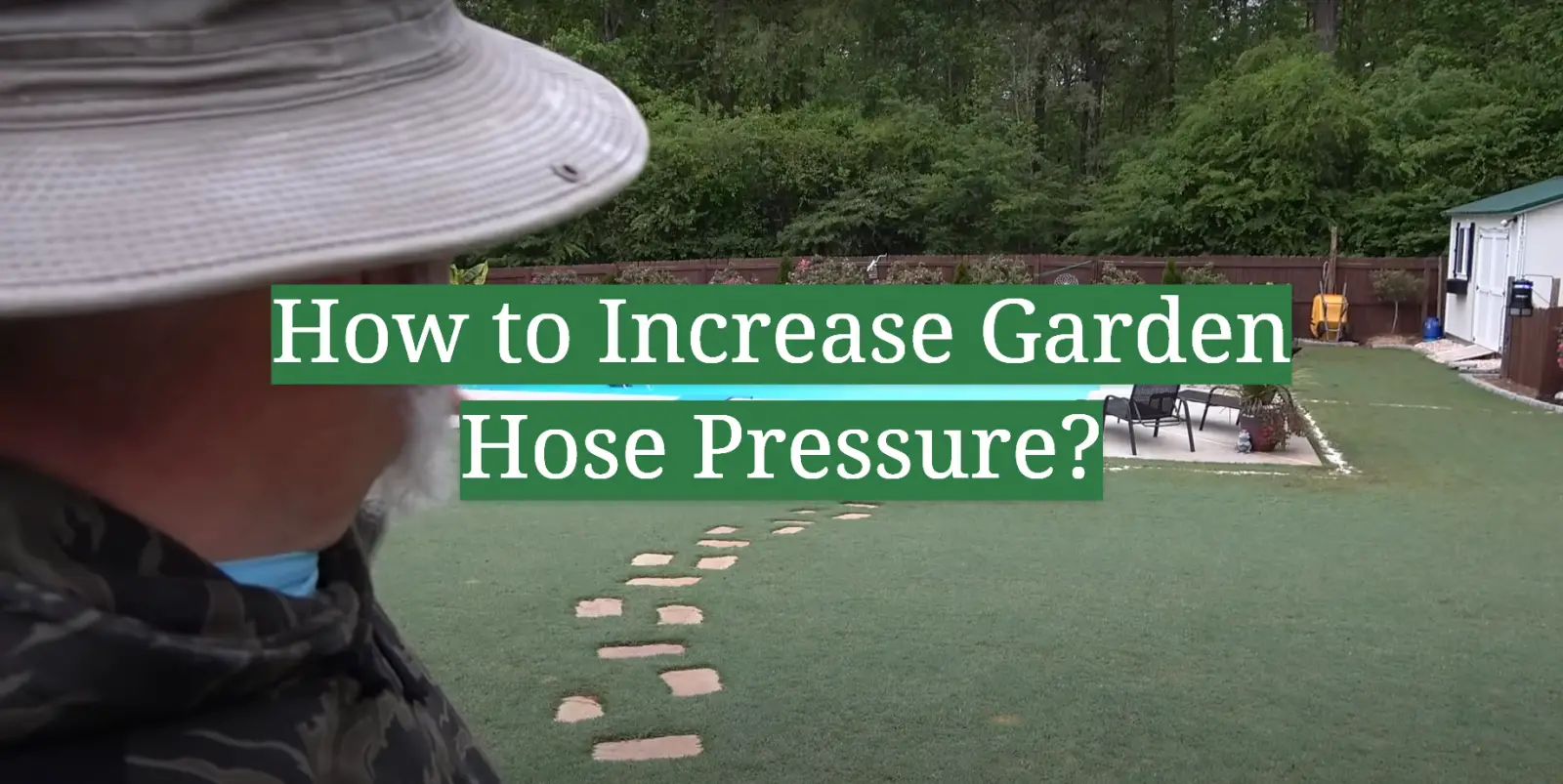
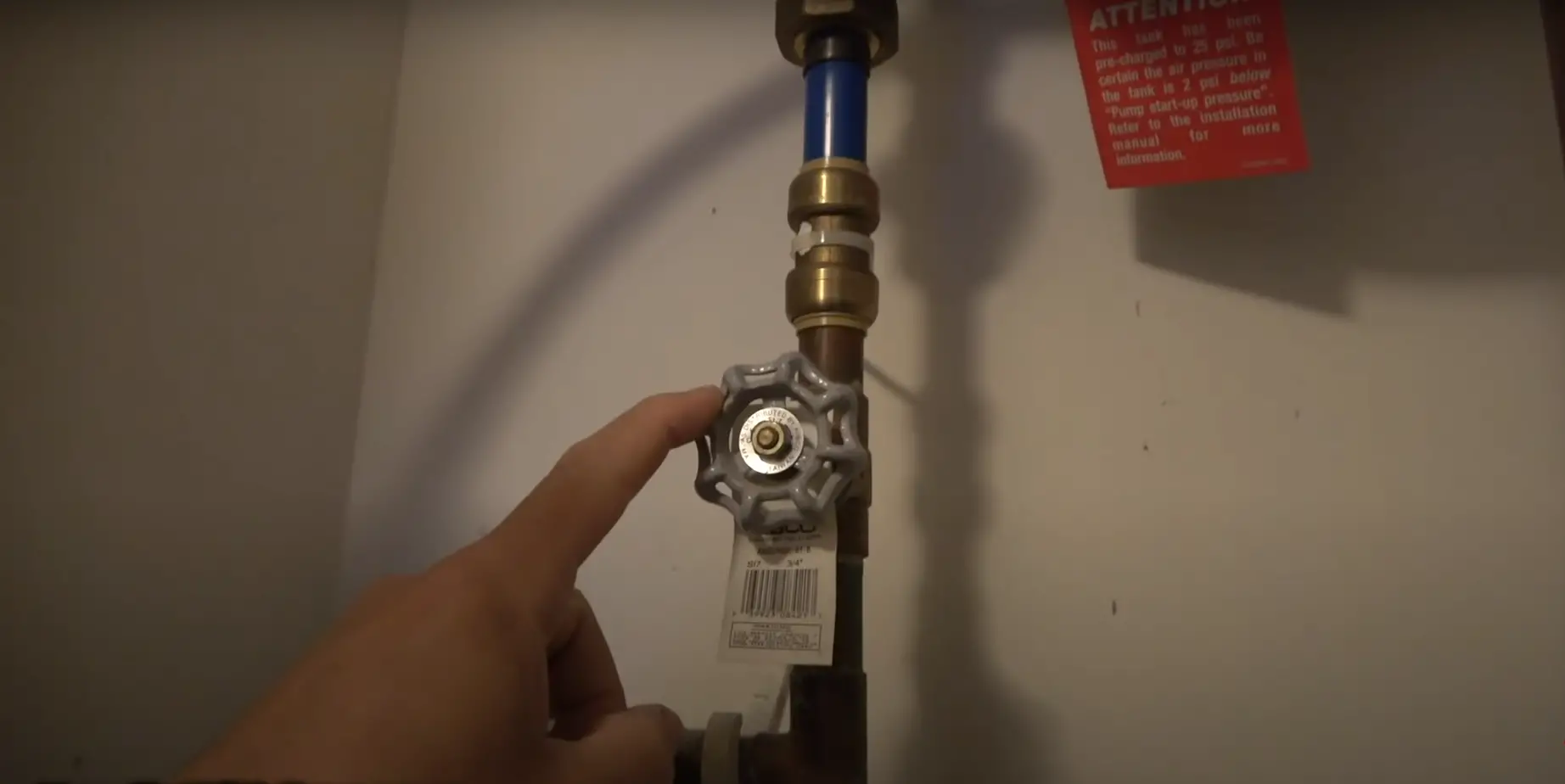
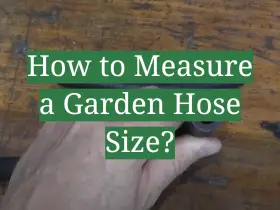
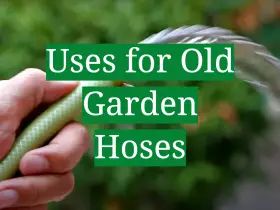
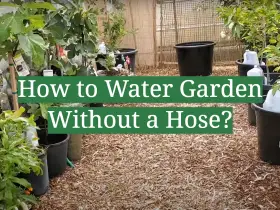
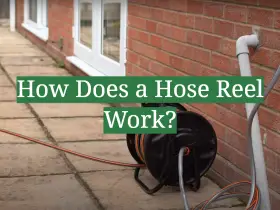
Leave a Reply
View Comments